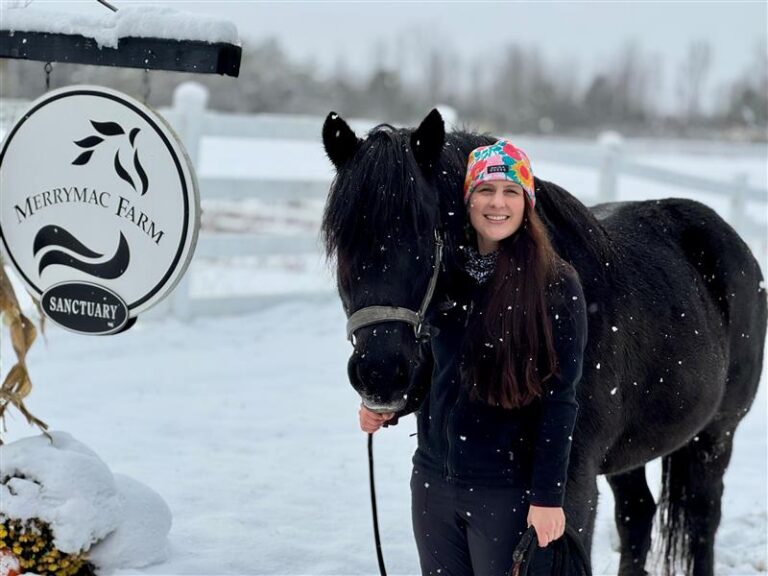
During the Burst Session at the 2023 AAEP Convention, Emily Berryhill, DVM, Dipl. ACVIM, assistant clinical professor of Equine Internal Medicine at the University of California, Davis, presented on diagnosing respiratory ailments in horses. When starting a respiratory work-up, Berryhill recommended asking three questions:
- Are you dealing with an upper or lower respiratory condition or both?
- Is it an acute or a chronic process?
- Is the respiratory disease associated with systemic inflammation?
Then consider what tests you are going to select: transtracheal wash (TTW) or bronchoalveolar lavage (BAL).
“The goal of a TTW is to obtain sterile sample pooled from the lower respiratory tract. We use this to typically look for bacteria and fungi using culture, cytology, and sometimes PCR,” explained Berryhill.
In contrast, BAL is a nonsterile technique that collects cells from one portion of the lung. Practitioners typically use this test when they suspect a generalized lung process. Because it is not sterile, BAL fluid isn’t the best sample for culture. It is mostly used for cytology and sometimes PCR for less common diseases associated with viruses such as EHV-5.
A TTW is the ideal procedure for diagnosing bronchopneumonia, a respiratory disease with acute systemic inflammation. A veterinarian would instead perform a BAL when airway disease is present, such as asthma or an atypical pneumonia. Asthma is a lower respiratory disease that is chronic in nature and associated with minimal systemic inflammation.
If both procedures are indicated, then always start with the sterile one.
“Both a TTW and BAL might be indicated when a primary airway disease with a secondary infection is considered or an inflammatory/infectious interstitial pneumonia. An example is asthma with secondary bronchopneumonia,” Berryhill noted.
Related Reading
- Electrical Impedance Tomography: A Promising Imaging Modality
- Equine Asthma and Obesity
- Equine Asthma and Macrophage Responses
Stay in the know! Sign up for EquiManagement’s FREE weekly newsletters to get the latest equine research, disease alerts, and vet practice updates delivered straight to your inbox.


![[Aggregator] Downloaded image for imported item #18953](https://s3.amazonaws.com/wp-s3-equimanagement.com/wp-content/uploads/2025/11/24165746/EDCC-Unbranded-18-scaled-1-768x512.jpeg)

